Photographs of our Flowers
Winter Bedding Plants
Fruit ,Trees and Vegetables in Full Bloom
#flowers #Gardening
All Photographs By Retrosheep.com @Retrosheeps
Japanese Maple / Acer Tree’s
 )
)
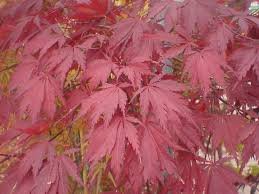
Common name Japanese maple
Botanical name Acer
Group Trees
Flowering time Early to mid-spring
Planting time Autumn
Height and spread 1.2m-8m (4ft-25ft) wide and high, depending on cultivar
Aspect Sheltered/sun/partial shade
Hardiness Hardy with shelter from late frosts and cold winds
Difficulty Easy
Allium
 )
)
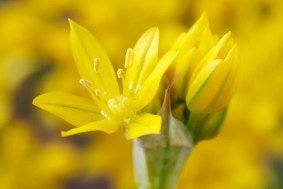
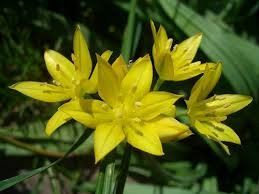 )
)

Common name Ornamental onion
Latin name_ Allium_
Group Bulb
Flowering time Spring to mid-summer
Planting time Autumn
Height and spread Up to 1.8m (6ft) and 30cm (1ft)
Aspect Sun
Hardiness Hardy to borderline hardy
Difficulty Easy to Moderate
Aloe Vera
 )
)
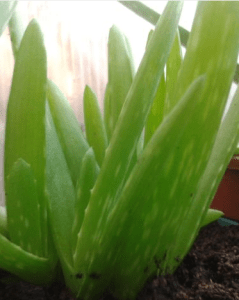
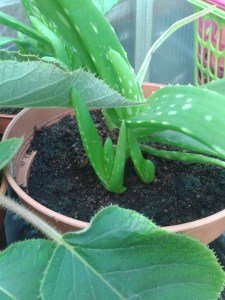 )
)

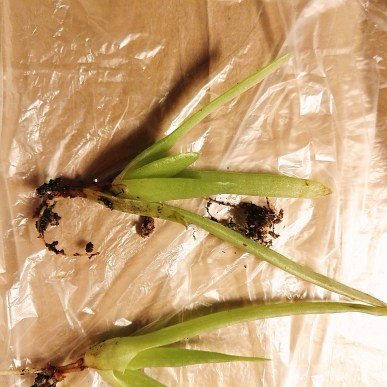 )
)

Aloe Vera – Aloe barbadensis
There are 250 species of Aloes in the world, mostly native to Africa. They range in size from little one inch miniatures to massive plant colonies consisting of hundreds of 2 foot diameter plants.
Although most Aloes have some medicinal or commercial value, the most commonly known is the Aloe barbadensis…
better known as the Aloe Vera.
Alyssum
 )
)
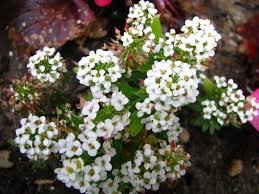
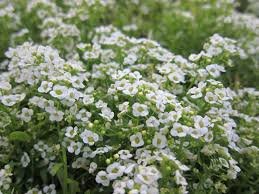 )
)

Other common names sweet alyssum ‘Snowdrift’
Family Brassicaceae
Genus_ Lobularia_ can be annuals or perennials, of low spreading habit, with simple leaves and short terminal racemes of 4-petalled, fragrant flowers in summer
Details‘Snowdrift’ is a spreading annual to 15cm in height, with pure white, very fragrant flowers in rounded heads, in summer
Anemone
 )
)
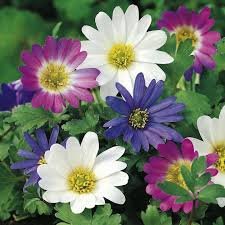
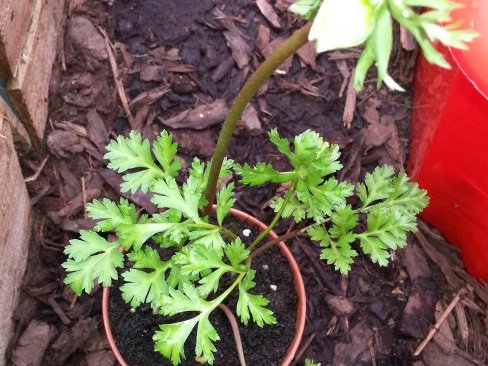 )
)

Other common names Apennine anemone
blue anemone
Family Ranunculaceae
Genus_ Anemone_ are herbaceous perennials with fibrous, rhizomatous or tuberous rootstocks, palmately lobed leaves and saucer-shaped, usually 5-petalled flowers
Details_ A. apennina_ is a rhizomatous perennial to 20cm tall; leaves divided into three toothed and lobed segments. Flowers solitary in early spring, to 3.5cm wide, with 10-15 narrowly oblong blue petals, above a whorl of three small stem leaves
Plant range S Europe
Antrithium
 )
)
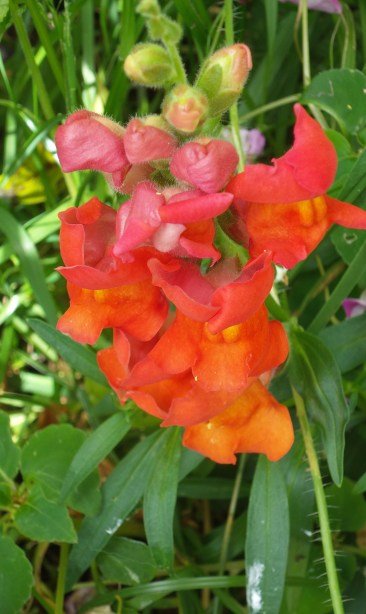
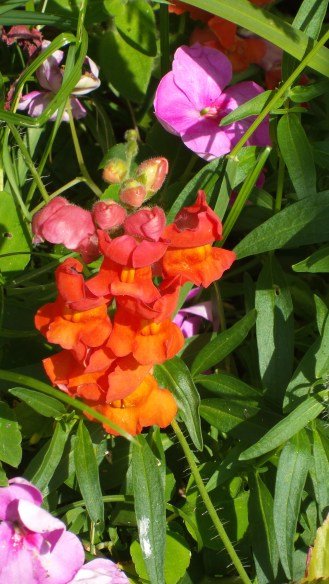 )
)

Antirrhinums are a genus of plants commonly known as dragon flowers or snapdragons because of the flowers’ fancied resemblance to the face of a dragon that opens and closes its mouth when laterally squeezed. They are native to rocky areas of Europe, the United States, and North Africa
Apple Tree
 )
)
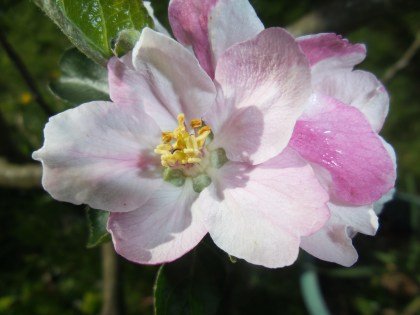
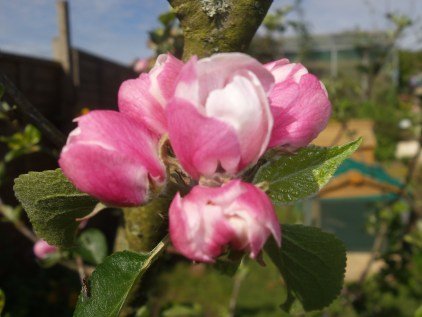 )
)

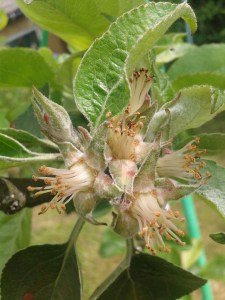 )
)

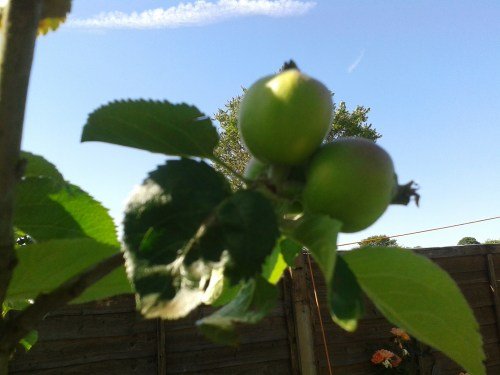 )
)

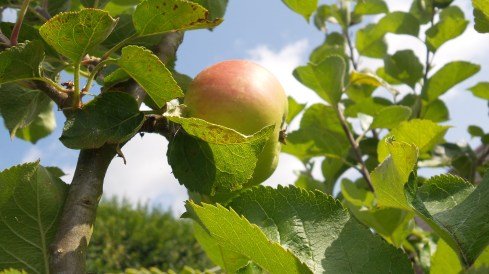 )
)

Common name Apple
Latin name Malus domestica
Group Top fruit, tree
Fruiting time Late summer to early autumn
Planting time Late autumn to early spring
Height and spread Variable, depends on training system used
Aspect Sun or shade depending on the variety
Hardiness Fully hardy
Aster Asteroid
 )
)
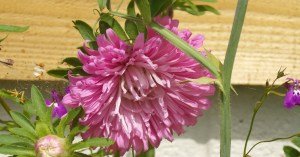
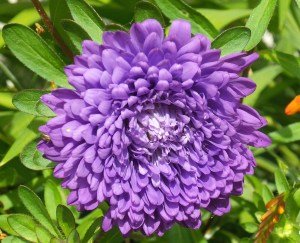 )
)

Aster is a genus of flowering plants in the family Asteraceae. Its circumscription has been narrowed, and it now encompasses around 180 species, all but one of which are restricted to Eurasia; many species formerly in Aster are now in other genera of the tribe Astereae
Bacopa Snowtopia
 )
)
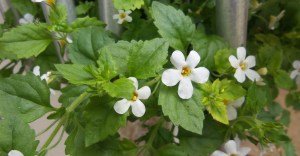
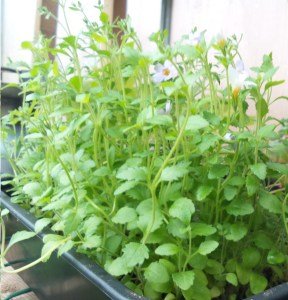 )
)

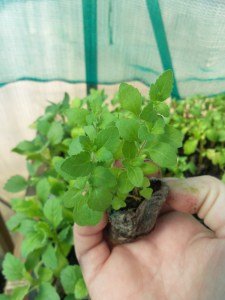 )
)

The trailing, evergreen stems of this half-hardy basket filler bear a smothering of snow white flowers throughout summer. Let bacopa plants tumble from mixed patio containers and baskets for a brilliant display throughout summer. Height: 15cm (6″). Spread: 45cm (18″)
Ideal For:
patio
Flowering Period:
June, July, August, September, October
Sowing Months:
February, March
Position:
sun or semi shade
Begonia
 )
)
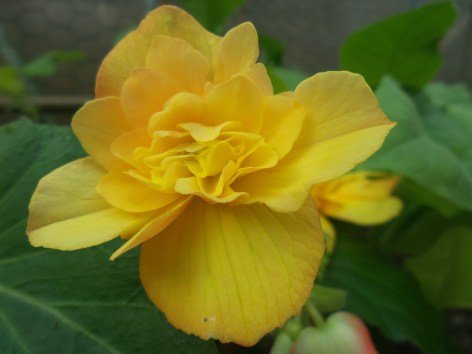
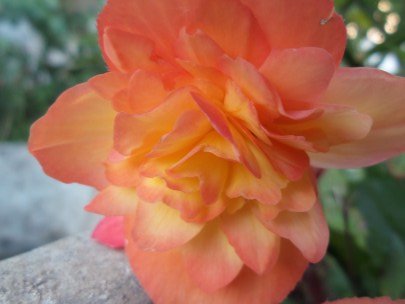 )
)

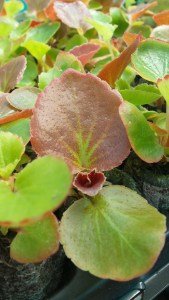 )
)

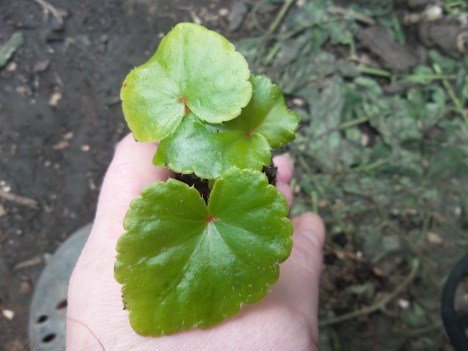 )
)

**Common name **Begonia
Botanical name_ Begonia_
Group Tender perennial
Flowering time Summer
Planting time Start into growth in early spring, plant outside after frosts
Height and spread Both 15-50cm (6-20in)
Aspect Sun or partial shade
Hardiness Tender
Difficulty Easy, moderate or difficult
Bellis Belle Livingstone Daisy
 )
)
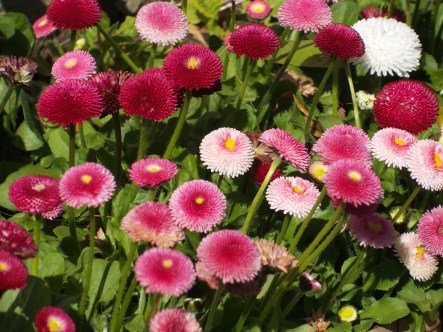
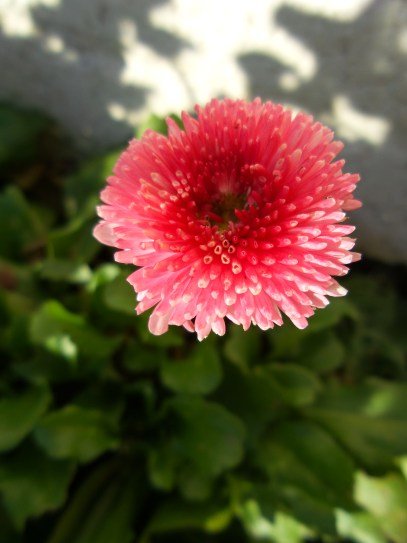 )
)

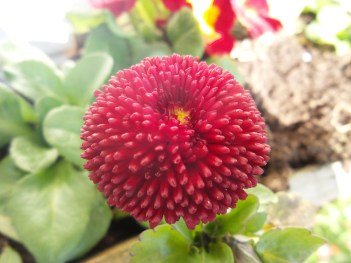 )
)

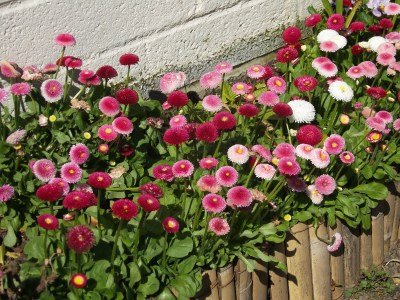 )
)

Large double flowers that will complement Pansies perfectly
This Bellis (Daisy) has large double rosette flowers in red and pink shades and will flower in the Autumn and again in the Spring. They complement pansies perfectly.
ColourRed, Rose Shades and White
Height10 – 15cm
SpreadApproximately 15cm
FloweringAutumn and again in the Spring
Planting Position
Full Sun to Partial Shade
Asteraceae or Compositae, known as the aster or sunflower family, including:
Bellis, especially Bellis perennis (common daisy)
Brachyscome, including Brachyscome iberidifolia (Swan River daisy)
Leucanthemum vulgare (ox-eye daisy)
Leucanthemum × superbum (Shasta daisy)
Argyranthemum (marguerite daisy)
Osteospermum (African or Cape daisy)
Rhodanthemum (Moroccan daisy)
Glebionis coronaria (crown daisy)
Glebionis carinatum (tricolor daisy)
Erigeron glaucus (seaside daisy)
Tetraneuris acaulis (Angelita daisy)
Melampodium leucanthum (Blackfoot daisy)
Coreopsis bigelovii (desert daisy)
Wedelia texana (Devil’s River daisy)
Family Aizoaceae: Dorotheanthus bellidiformis (Livingstone daisy)
Family Dipsacaceae: Scabiosa prolifera (Carmel daisy)
Family Plantaginaceae: Globularia (globe daisy)Daisy bush, various species in the family Asteraceae
Box Buxus Hedging
 )
)

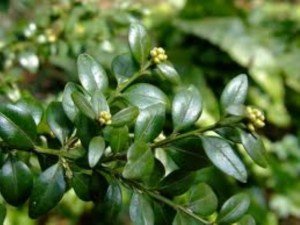 )
)

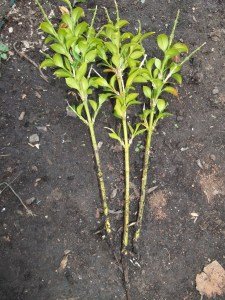 )
)

Common name Box
Botanical name Buxus sempervirens, B. microphylla, B. harlandii
Group Shrub, Hedge
Planting time Autumn or spring
Height and spread Up to 5m by 5m (16ft by 16ft), but can be kept smaller
Aspect Sun or shade
Hardiness Fully hardy
Difficulty Easy
Busy Lizzie
 )
)

 )
)

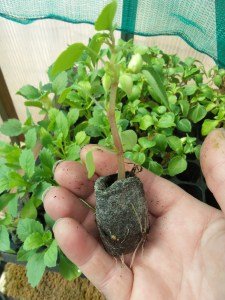 )
)

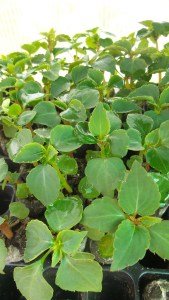 )
)

Impatiens walleriana (syn. Impatiens sultanii), also known as busy Lizzie (United Kingdom), balsam, sultana, or simply impatiens, is a species of the genus Impatiens
Native to eastern Africa from Kenya to Mozambique. It is a flowering herbaceous perennial plant growing to 15–60 cm (6–24 in) tall, with broad lanceolate leaves 3–12 cm long and 2–5 cm broad.
Leaves are mostly alternate, although they may be opposite near the top of the plant. The flowers are profusely borne, 2–5 cm diameter, with five petals and a 1 cm spur.
The seedpod explodes when ripe in the same manner as other Impatiens species, an evolutionary adaptation for seed dispersal. The stems are semi-succulent, and all parts of the plant (leaves, stems, flowers, roots) are soft and easily damaged.
Cacti Cactus
 )
)
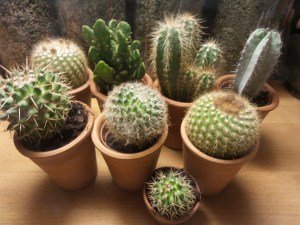
A cactus (plural: cacti, cactuses, or cactus) is a member of the plant family Cactaceae within the order Caryophyllales.
The word “cactus” derives, through Latin, from the Ancient Greek κάκτος, kaktos, a name originally used by Theophrastus for a spiny plant whose identity is not certain. Cacti occur in a wide range of shapes and sizes. Most cacti live in habitats subject to at least some drought. Many live in extremely dry environments, even being found in the Atacama Desert, one of the driest places on earth. Cacti show many adaptations to conserve water. Almost all cacti are succulents, meaning they have thickened, fleshy parts adapted to store water. Unlike many other succulents, the stem is the only part of most cacti where this vital process takes place. Most species of cacti have lost true leaves, retaining only spines, which are highly modified leaves.
As well as defending against herbivores, spines help prevent water loss by reducing air flow close to the cactus and providing some shade. In the absence of leaves, enlarged stems carry out photosynthesis. Cacti are native to the Americas, ranging from Patagonia in the south to parts of western Canada in the north—except for Rhipsalis baccifera, which also grows in Africa and Sri Lanka.
Candy Tuft
 )
)
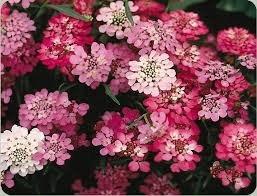
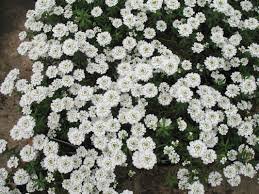 )
)

Other common names
perennial candytuft
edging candytuft
see more
Synonyms
Iberis commutata
Family
Brassicaceae
Genus
Iberis can be annuals, evergreen perennials or sub-shrubs, with narrow leaves and racemes of white, pink or purple flowers
Details
I. sempervirens is a spreading evergreen sub-shrub to 30cm in height, with narrow, dark green leaves. Flowers pure white, in dense heads to 4cm in width, at first flattish, later becoming rounded, from late spring
Plant range
S Europe, SW Asia
Catnip -NEPETA CATARIA
 )
)
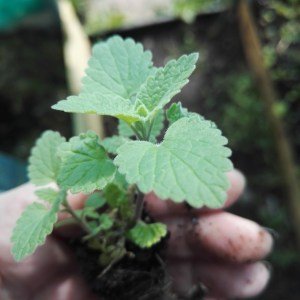
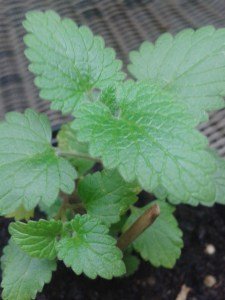 )
)

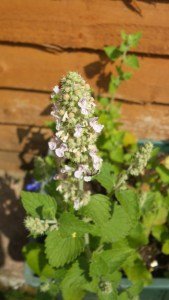 )
)

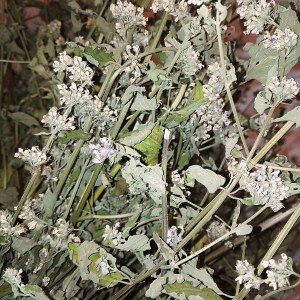 )
)

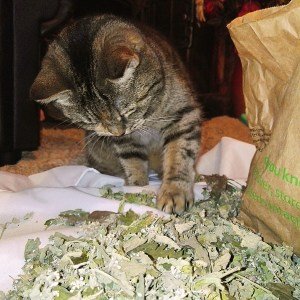 )
)

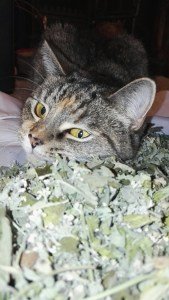 )
)

NOT JUST FOR CATS
CATNIP FOR HERBAL MEDICINAL PURPOSES
Catnip is useful for settling an upset stomach. It has been used to treat headaches, scarlet fever, coughing, insomnia, and smallpox. It can also be used for cuts, studies show it has a natural healing quality. Crush fresh catnip leaves, damp them, and apply to your cut.
Some other medicinal uses for catnip include anaesthetic, antibiotic, anti-rheumatic, antispasmodic, astringent, calmative, diuretic, muscular aches and pains, rheumatism, chills, cold in the joints, hemorrhoids, toothache


Catnip Nepeta Cataria
Catnip Nepeta Cataria Organically Grown Extra Strong Catnip
Home Grown in Wales UK
CATNIP NEPETA CATARIA #CATS #CATNIP
Organically Grown Dried Catnip / Cat mint Herb For Cats / Kittens / Tea / Smoke
Extra Strong
Nepeta cataria, commonly known as catnip, catswort, and catmint, is a species of the genus Nepeta in the family Lamiaceae, native to southern and eastern Europe, the Middle East, central Asia, and parts of China
What is catnip?
Catnip is a perennial herb from the mint family Labiatae. It has a square, hairy stalk with typically geen/grey coloured heart shaped leaves that have scalloped edges. Flowers grow in spikes, reaching 1/2 inch in length. It is best known for its ability to get cats high.
There are approximately 250 species of flowering plants in the family Labiatae, some of which include:
Nepeta cataria (catnip or true catnip): White flowers, grows up to 3 feet. This is the variety most cats enjoy.
#Caturday #free #CatsOfTwitter #catsofinstagram #Cats #kitten #CatsOfTwitter #cat #catnip4cats #catsofinstagram #cats #FolloMe #share #blog #catoftheday
[
](https://retrosheep.com/product/large-bag-dried-extra-strong-catnip-organic-herb-for-cats-nepeta-cataria-cats-catnip/) $13.00
$13.00[
](https://retrosheep.com/product/sample-bag-dried-extra-strong-catnip-organic-herb-for-cats-nepeta-cataria-cats-catnip/)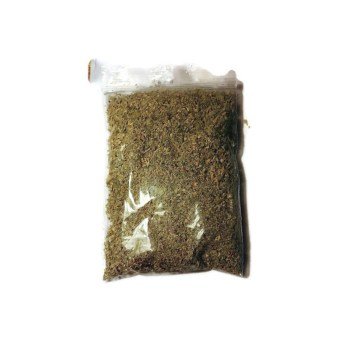 $4.00
$4.00[
](https://retrosheep.com/product/large-tube-dried-extra-strong-catnip-organic-herb-for-cats-nepeta-cataria-cats-catnip/) $7.00
$7.00[
](https://retrosheep.com/product/grow-your-own-catnip-kit-seeds-propagator-nepeta-cataria-mint-grass-catnip-cats/)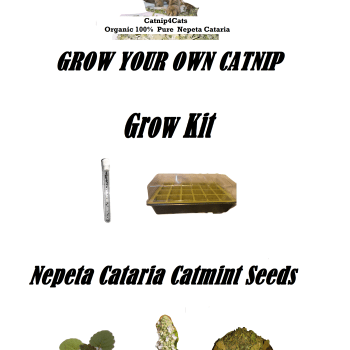 $16.00
$16.00[
](https://retrosheep.com/product/grow-your-own-catnip-kit-seeds-nepeta-cataria-cat-mint-cat-grass-catnip-cats/) $7.00
$7.00[
 Cat Mug – Personalised Mugs Free Catnip #Cats](https://retrosheep.com/product/cat-mug-personalised-mugs-free-catnip-cats/)$16.00
Cat Mug – Personalised Mugs Free Catnip #Cats](https://retrosheep.com/product/cat-mug-personalised-mugs-free-catnip-cats/)$16.00[
](https://retrosheep.com/product/catnip-filled-play-bag-cat-toy-sack-nepeta-cataria-cats-catnip/)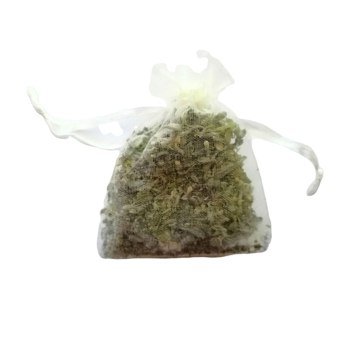 $7.00
$7.00
Chive
 "Flower in full Bloom Photography By Retrosheep.com @Retrosheeps")
"Flower in full Bloom Photography By Retrosheep.com @Retrosheeps")
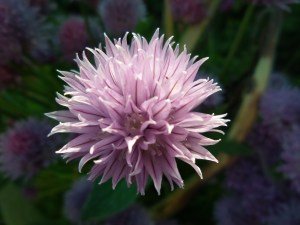
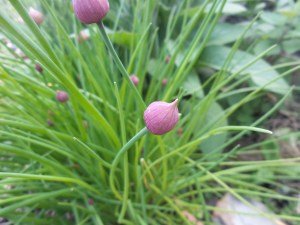 "Chive Flower Bud Photography By Retrosheep.com @Retrosheeps")
"Chive Flower Bud Photography By Retrosheep.com @Retrosheeps")

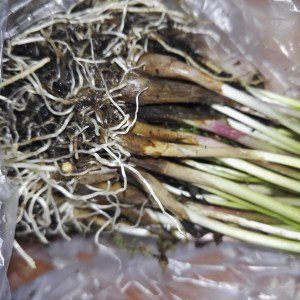 "Chive bulbs Photography By Retrosheep.com @Retrosheeps")
"Chive bulbs Photography By Retrosheep.com @Retrosheeps")

Common Name: Chives
Genus: Allium
Species: schoenoprasum
Skill Level: Beginner
Exposure: Full sun
Hardiness: Hardy
Soil type: Well-drained/light,Chalky/alkaline, Dry, Moist, Sandy
Height: 45cm
Spread: 15cm
Time to plant seeds: **April to May **
Flowering period: July to August
Comfrey Dispatching Now ! CLICK HERE
 "Photography By Retrosheep.com @Retrosheeps")
"Photography By Retrosheep.com @Retrosheeps")
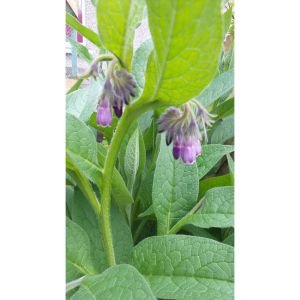
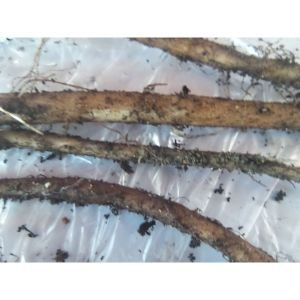 "Comfrey Root Photography By Retrosheep.com @Retrosheeps")
"Comfrey Root Photography By Retrosheep.com @Retrosheeps")

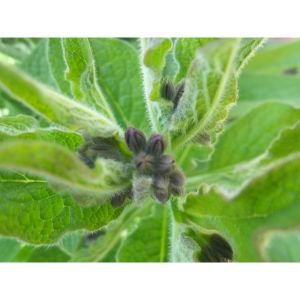 "Comfrey Herb Photography By Retrosheep.com @Retrosheeps")
"Comfrey Herb Photography By Retrosheep.com @Retrosheeps")

Comfrey ‘Bocking 14’ Symphytum x uplandicum ‘Bocking 14’, Russian Comfrey Hardy Perennial Grow your own soil conditioner! Comfrey ‘Bocking 14’ contains high levels of basic NPK nutrients and because it is a sterile hybrid,
it won’t self seed all over your garden.
The nutrient rich foliage of comfrey can be used as a compost activator, mulch, or soaked in barrels of water for 3 to 5 weeks to make a useful liquid feed for tomatoes and beans. this quick growing plant can be cut 3 or 4 times throughout the growing season, for a constant supply of nutrient rich, organic, comfrey fertiliser. Height: 100cm (40″). Spread: 75cm (30″)
kitchen garden, low maintenance garden, woodland garden
Flowering Period:
May, June, July, August
Position:
sun or semi shade


Comfrey Root Herb Bocking 14′, Russian Comfrey Hardy Perennial Herb #Comfrey
CROCOSMIA HARLEQUIN MONTBRETIA
 )
)
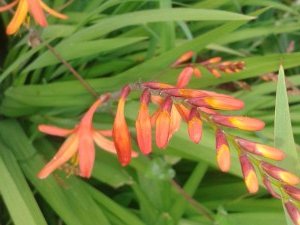
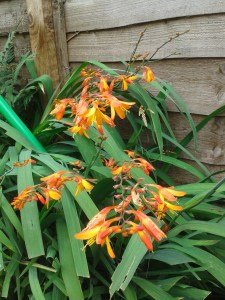 )
)

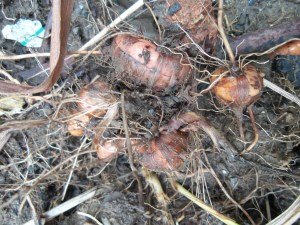 )
)

Botanical name: Crocosmia ‘Harlequin’
Other names: Montbretia ‘Harlequin’
Genus: Crocosmia
Variety or Cultivar: ‘Harlequin’ _ ‘Harlequin’ is a clump-forming, cormous perennial with upright, lance-shaped, dark green leaves and, from midsummer into autumn, arching, branched dark purple stems bearing racemes of funnel-shaped flowers with yellow inner faces and alternating orange and red on the reverse side of the petals.
Crocosmia ‘Harlequin’ is: Deciduous
Flower: Orange, Red, Yellow in Summer; Red, Yellow, Orange in Autumn
Foliage: Dark-green in Spring; Dark-green in Summer; Dark-green in Autumn
Habit: Clump-forming, Erect
 )
)

10 x Crocosmia Harlequin Montbretia Bulbs Corms Beautiful Spring Summer Flower Perennial
10 x Crocosmia Harlequin Montbretia Corms Bulbs Beautiful Spring Summer Flower Perennial
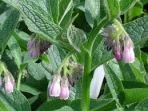 )
)